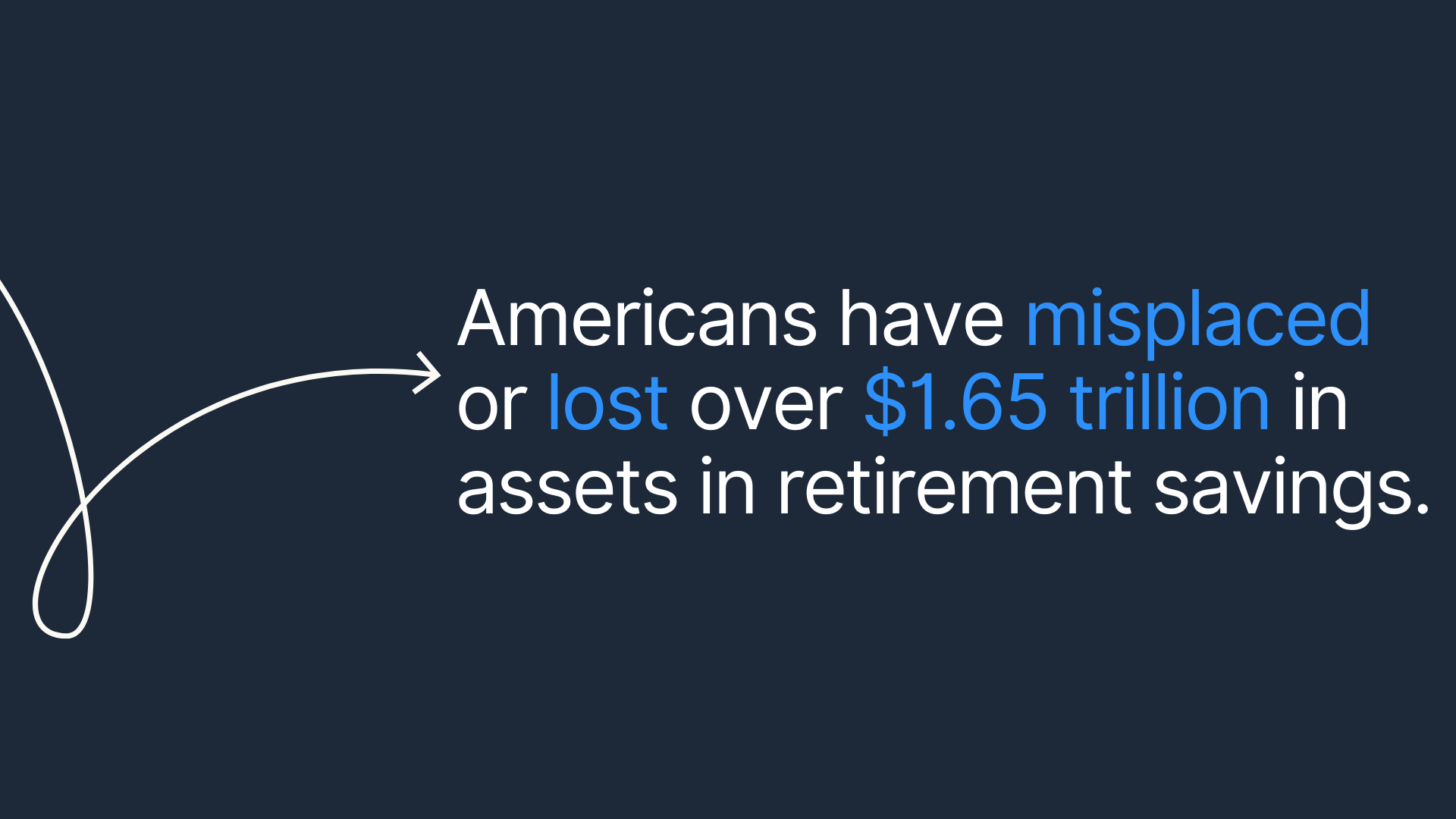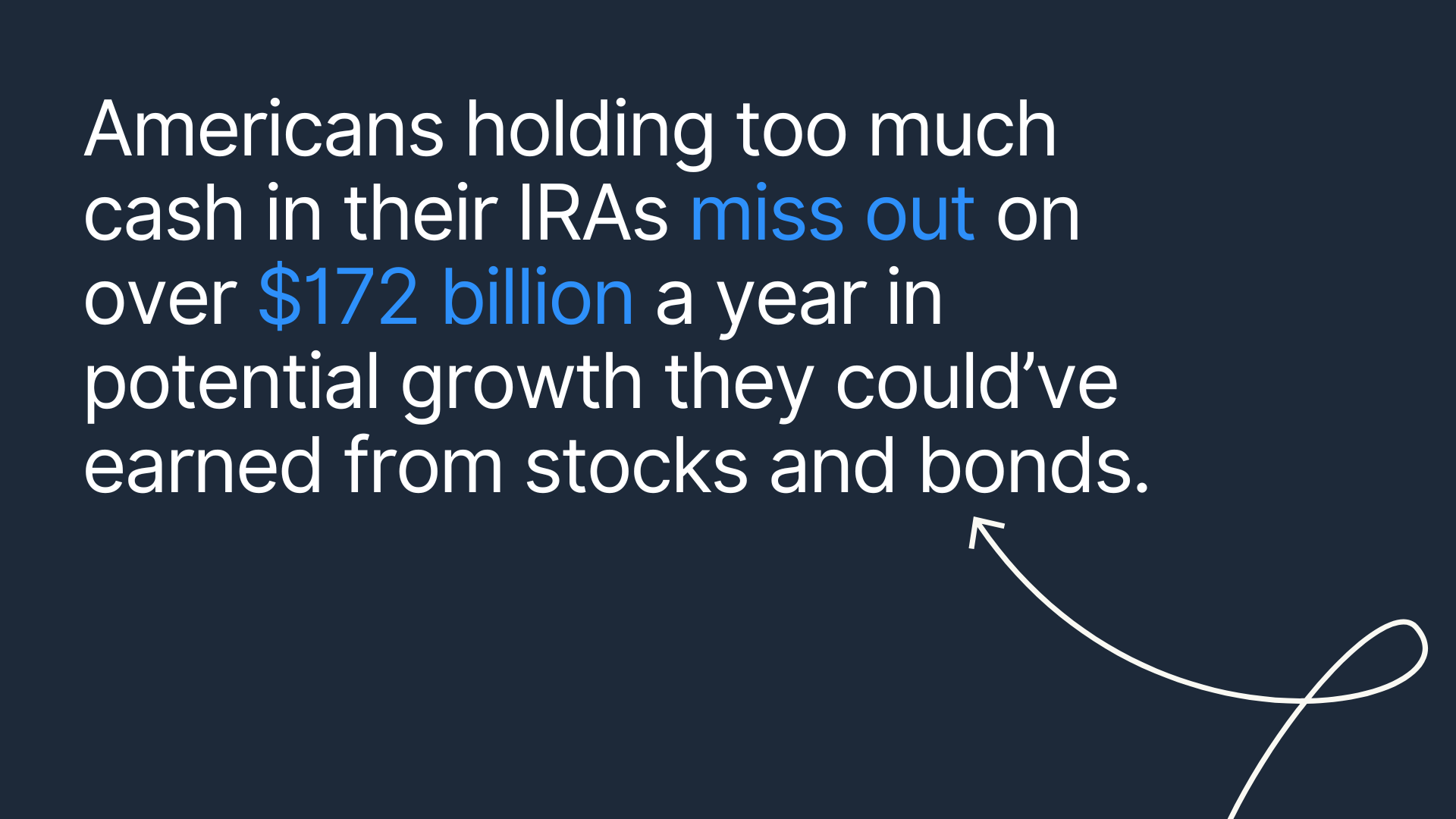
The Projected 401(k) Value: Trends & Developments
What does the retirement outlook for US workers look like?


Founder of The Stock Dork

CEO of Dundas Life

President & CEO of DataNumen, Inc.

CEO of Christian Crash Law
Rolling over a 401(k) sounds simple: just move your retirement savings from one account to another.
In reality, it’s easy to make simple mistakes that can cost you in the form of taxes, penalties, and lost savings.
Whether you’re switching jobs or retiring, knowing the rules and choosing the right 401(k) plan provider can make all the difference.
In this article, we’ll list the seven most costly 401(k) rollover mistakes – with expert insights to help you avoid them and keep your retirement savings on track.
If you’re like most Americans, changing jobs and employers will happen several times throughout your career. But every time you switch jobs, it leads to the question: What happens to my 401(k)?
While leaving it behind with your old employer might seem harmless, these accounts can quietly add up fees or, even worse, risk being forgotten.
If you think it won’t happen to you, consider the fact that Americans have misplaced or lost over $1.65 trillion in assets in retirement savings, as reported by Capitalize.
For these reasons, rolling it over into your new employer’s plan or an IRA increases your savings, and gives you more control over your projected 401(k) value and financial future.

When you leave a job, you’ve got four choices for your old 401(k) plan:
However, not all options protect your financial future equally.
Nearly 42% of employees choose the first option and cash out their 401(k) when switching jobs, according to the Harvard Business Review.
However, this decision often leads to a substantial tax bill, and a potential penalty, and puts an end to any potential growth for your money in its current state.
The next option would be to leave your savings in your old plan, as Vanguard’s study shows almost half of workers do. While this keeps your nest egg invested and compounding, the only catch is that you can’t contribute to that plan anymore.
If we look at the options left, the wiser choices would be to roll it into an IRA or a new employer’s plan.
However, rolling over isn’t exactly foolproof either, considering many people make costly 401(k) rollover mistakes that can lead to unexpected taxes, penalties, or lost investment opportunities.
Learn more: Can I cash out my 401(k) while still employed?
When you roll over a 401(k), you have two choices: a direct or indirect rollover.
The direct way is straightforward: the money goes straight from your old plan to your new plan, with no middleman and no stress.
But with an indirect rollover, your old plan sends you the check. So, when you leave a job or decide to move your retirement savings, the IRS gives you 60 days to complete the rollover and deposit the money into another qualified retirement account.
It’s important to note that this does not mean business days but 60 calendar days.
“I’ve seen countless people mess up by not tracking their 60-day rollover window,” shares Adam Garcia, Founder of The Stock Dork.
“One client got hit with a $12,000 tax bill because they missed it by just 3 days,” he adds.
The potential cost: If you miss the deadline, the IRS will treat it as a withdrawal. As a result, you will owe income tax on the full amount and a 10% early withdrawal penalty if you’re under 59 and a half years old.
Why this happens: Life happens, and often, people get busy or don’t realize there’s a hard deadline.
How to avoid: Instead, choose a direct rollover instead.
This way, the money goes straight from your old account to the new one, with no deadlines to stress over. Alternatively, if you’re doing an indirect rollover, set a calendar alert or handle it immediately.
One more 401(k) rollover mistake to consider if you choose an indirect rollover is that the IRS treats it as a potential withdrawal.
In other words, once the money is sent to you and is in your possession, you may reinvest it into a new retirement account, or although not recommended, you may choose to spend it.
Therefore, the IRS requires the plan provider to withhold 20% of federal income taxes upfront, just in case you don’t complete the rollover.
Keep in mind that when you roll over to your new plan, you’re required to deposit the entire original balance as your old 401(k), including the 20% your old plan withheld, even if it means covering the difference out of your pocket with money from your checking or savings account.
For example, if your old 401(k) had $100,000, you’d only get $80,000 sent to you. But to roll over the full amount of your 401(k) to your new plan, you’d need to come up with the missing $20,000 yourself until tax time.
Many people don’t even realize this until it’s too late.
The potential cost: To complete a full rollover, you must add that 20% from your pocket. If you don’t, that withheld portion is treated as a distribution, subject to income taxes and possibly a 10% early withdrawal penalty.
Why this happens: The problem is that many people don’t specify how they want their rollover handled, and some employers default to sending a check. Others mistakenly think receiving the money personally gives them more control or flexibility.
How to avoid: Ask for a direct rollover or a “trustee-to-trustee transfer.” If a check is the only option, make sure it’s written out to your new plan provider “for the benefit of” along with your name (FBO [your name]) and not directly to you.
Ideally, have the check sent straight to the new provider, as this keeps it as a direct rollover and avoids triggering taxes or penalties.
Once your rollover is in the new retirement account, it isn’t automatically invested.
It often just sits in a cash or settlement account and does not earn any interest. According to recent research from Vanguard Group, many people never reinvest their rollover funds.
Nearly a third (28%) of those who transferred their savings into IRAs at Vanguard in 2015 still had their money sitting in cash seven years later.
The same study estimated that Americans holding too much cash in their IRAs miss out on over $172 billion a year in potential growth they could’ve earned from stocks and bonds.
It goes without saying that leaving your money in cash long-term will reduce your retirement savings because of inflation and missed growth opportunities. Asking “how long will my 401(k) last?” becomes irrelevant if your money isn’t properly invested.
The potential cost: Years of lost compounding growth.
Just one year of leaving $100,000 uninvested during a market that returns 8% means missing out on $8,000 in potential growth.
Why this happens: Many assume the rollover is “done” once the funds arrive, forgetting they still must reinvest that money. Others get stuck in analysis paralysis, worry about market swings, or simply don’t know where to start when it comes to reinvesting.
How to avoid: As soon as your rollover clears, log into your new account and select your investments. Choose funds that are aligned with your retirement goals: target-date funds, index funds, or whatever fits your strategy.
If unsure, talk to a financial advisor or plan provider.

A well-known example of how costly this next 401(k) rollover mistake is involves Godfather actor James Caan, whose estate was hit with nearly $1 million in taxes and penalties due to an improper IRA rollover he made before his death.
The court determined that the rollover failed because it broke the same property rule and missed the 60-day deadline.
So, what is the same property rule?
When rolling over from one IRA to another IRA, the IRS requires you to move the same assets between accounts. If you withdraw shares or specific investments, you must redeposit those same assets, not cash.
In other words, the assets must stay like-for-like during the transfer.
The potential cost: If you sell investments during an IRA-to-IRA transfer, it will trigger an unexpected tax bill on the entire value of the stock or assets sold, turning what should’ve been a tax-free rollover into a taxable distribution.
Why this happens: It’s easy to overlook the Same Property Rule. People sell assets like stock, intending to roll over the cash, but they do not realize that the same assets must move between IRAs.
How to avoid: When rolling over assets between IRAs, transfer the shares directly without selling. Speak to a financial advisor before selling anything.
Too often, people fixate on questions like “?” when the real risk is failing to check plan details before making a rollover. Rolling over right before a big bonus or vesting event could mean losing thousands.
Age matters, too. Once you turn 55, special rules take effect.
If you leave your job and leave your 401(k) with your former employer, you can access those funds without paying the 10% early withdrawal penalty. But the moment you roll that money into an IRA or another qualified plan, you lose this advantage.
However, waiting too long to roll over can also be problematic. Timing is everything, as Christian Simpson, CEO of Christian Crash Law, warns. He says, “Delays in executing rollovers can lead to unexpected taxes and penalties.”
By age 73, the IRS requires you to start taking Required Minimum Distributions (RMDs) from tax-deferred accounts like 401(k)s and IRAs. These RMDs cannot be rolled over, and trying to do so counts as an excess contribution, potentially raising your tax bill.
The potential cost: Poor timing can result in missed investment gains, loss of unvested employer contributions, or unnecessary tax complications.
Why this happens: Many workers initiate rollovers immediately after leaving a job without considering the broader implications like bonuses or vesting schedules. Others don’t realize that specific age milestones will impact their withdrawal options.
How to avoid: Check your vesting schedule before leaving a job.
Sometimes, staying a few extra months might mean thousands more in employer contributions. If you’re between the ages of 55 and 60 and might need access to funds, consider keeping money in your 401(k) to avoid early withdrawal penalties.

Rolling over your retirement savings is not as simple as picking any new account and calling it a day.
The IRS has strict rules about which accounts can receive your rollover. For example, while you can roll a traditional IRA into a Roth IRA, you can’t roll a Roth IRA back into a traditional IRA.
More importantly, you need to weigh the long-term costs of your new plan. Every account, whether it’s an IRA or a new 401(k), comes with its own fees, fund options, and even loan features.
“One of the biggest mistakes I’ve witnessed is when people roll their 401(k) into a new account without checking the investment options first,” says Gregory Rozdeba, CEO of Dundas Life.
He adds, “My neighbor lost out on low-fee institutional funds by hastily moving to a high-fee IRA.”
If you work for a nonprofit organization, you may have special considerations to keep in mind regarding a nonprofit 401(k) when making rollover decisions.
The potential cost: The difference between a good and poor choice could amount to hundreds of thousands in retirement savings over time due to fee differences alone.
Why this happens: A common assumption is that all retirement accounts are the same, or many people rush to roll over their 401(k) without checking the fine print.
How to avoid: Before rolling over, compare everything, including fees, investment options, loan availability, and protections between your old 401(k) and the new account.
Understanding how to choose a 401(k) is crucial at this stage.
If possible, consult a financial advisor to help you understand what you’re gaining or giving up.
Rolling over your 401(k) isn’t instant.
Delays can happen for all kinds of reasons, and if you’re not paying attention, your money could get stuck in limbo.
If too much time passes without action, the rollover may be incomplete , or even worse, trigger unwanted taxes.
“People often get it wrong when they think that all 401(k) plans have the same rules for rolling over money,” says Alan Chen, President & CEO of DataNumen, Inc.
“Some plans have limits, waiting periods, or fees that you might not expect, which can slow down the transfer or lower your savings. I’ve seen people who changed jobs, started a rollover, and then later found out they owed taxes because they didn’t follow the steps in their plan.”
The potential cost: Starting a rollover but not finishing it leaves money out of the market, costing you growth. As mentioned, missed deadlines can turn your rollover into a taxable distribution, triggering taxes and possibly an early withdrawal penalty.
Why this happens: People assume once they request the rollover, it’s done automatically.
How to avoid: Be sure to follow up. Check with both your old and new plan providers, track the transfer process, and follow up if there are delays.

A successful rollover requires attention to detail and proper planning.
While these 401(k) rollover mistakes are common, they’re also avoidable with the right approach.
Follow these best practices to ensure a smooth process and protect your future savings:
Learn more: Can you use your 401(k) as a first-time home buyer?
What you do with your retirement savings during a job change can echo through your retirement years, either growing quietly in the background or draining some of your savings by making mistakes.
Taking the time to understand your options, avoid these common 401(k) rollover mistakes, and plan each move means you’re not just protecting your savings but also setting yourself up for a secure financial future and long, comfortable retirement.
Senior Content Writer at Shortlister
Browse our curated list of vendors to find the best solution for your needs.
Subscribe to our newsletter for the latest trends, expert tips, and workplace insights!

What does the retirement outlook for US workers look like?

Understanding the pros and cons of using 401(k) as a first-time home buyer is crucial. Should using the 401(k) as a first-time home
buyer be considered as a last resort?

It’s almost impossible to predict when a stock market crash will happen and how long it will last. Thus, how can you find peace of mind long before and after your retirement?

What’s the smarter path to growth? An Employer of Record that eliminates the need for legal entities or a PEO that optimizes your existing infrastructure?
Used by most of the top employee benefits consultants in the US, Shortlister is where you can find, research and select HR and benefits vendors for your clients.
Shortlister helps you reach your ideal prospects. Claim your free account to control your message and receive employer, consultant and health plan leads.